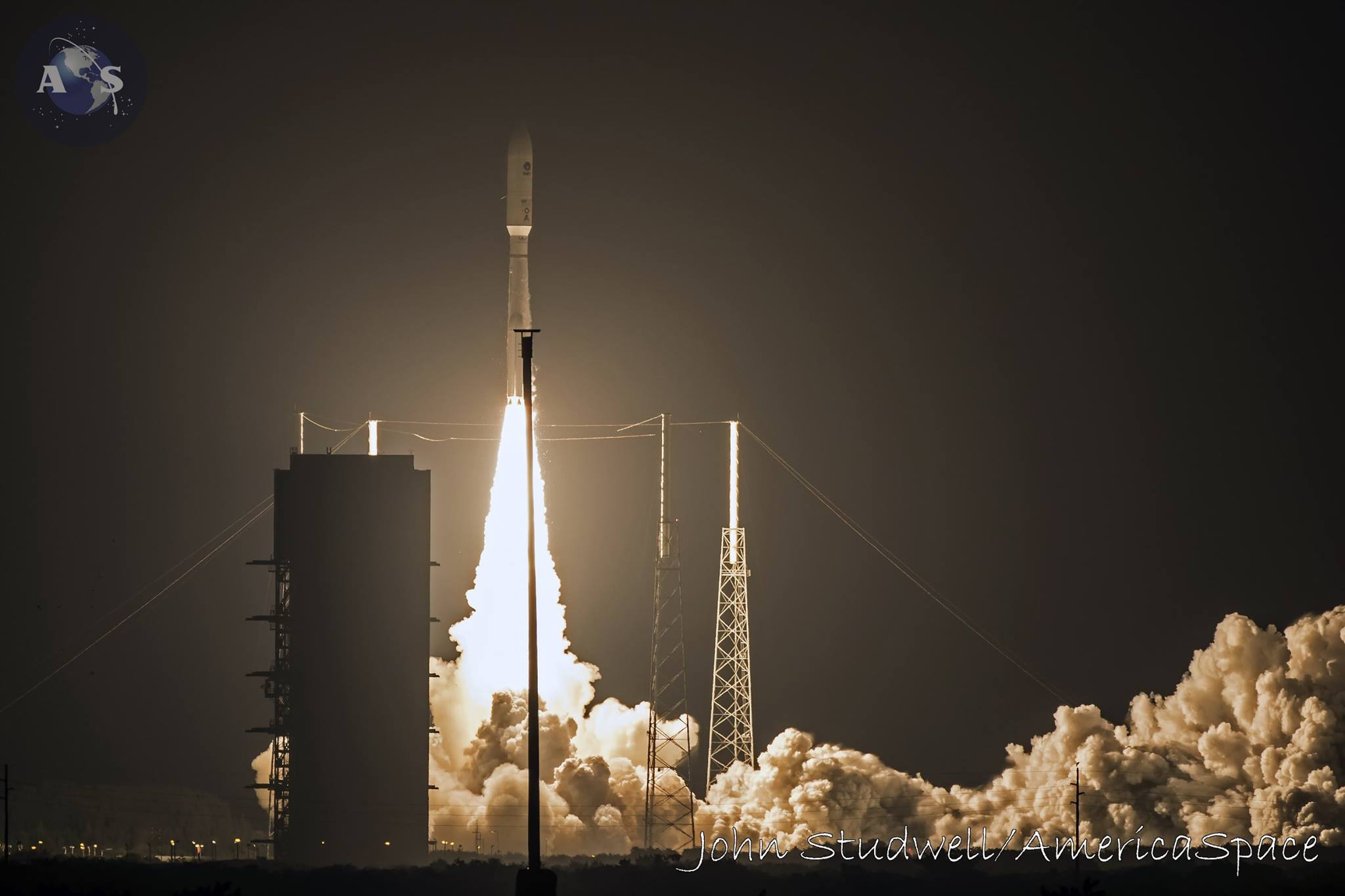
A Russian RD-180-powered United Launch Alliance (ULA) Atlas-V 551 rocket successfully launched the 7.5-ton Lockheed Martin/Navy Mobile User Objective System (MUOS 4) satcom into geosynchronous transfer orbit early today. The launch success comes as the Pentagon and Congress grow increasingly alarmed that Russian President Vladimir Putin could halt deliveries of RD-180 engines before the U.S. can field a replacement, around 2021.
“The threats are real,” Air Force Secretary Deborah Lee James, told the Senate Armed Services strategic subcommittee. The RD-180 situation is “disgraceful,” said full committee Chairman Sen. John McCain (R-Arizona).
In spite of Russia’s invasion of Ukraine, ULA is being allowed to procure an additional 18 RD-180s to carry Atlas-V operations to about 2021, by when SpaceX, ULA’s new Vulcan rocket, and perhaps other competitors can assure competition and heavy satellite access to space.

If Vladimir Putin halts deliveries in the deteriorating diplomatic climate, the Pentagon and Congress are concerned about being forced to use the $400 million Delta-IV Heavy rocket for medium-sized military payloads that would normally use the $150 million Atlas-V.
The MUOS-4 flight, on the most powerful version of the 206-foot-tall Atlas-V with five solid rocket motors, lifted off from Launch Complex-41 on 2.5 million pounds of first stage thrust. The launch, delayed three days by tropical weather, came at 6:18 a.m EDT, after a 19-minute delay early in the countdown caused by concerns about nitrogen purge gas flow. The second stage single engine Centaur then completed three firings until the 15,000-lb spacecraft was released over Java, north of Australia, at 2 hours and 53 minutes after liftoff.
“The most dangerous part of a satellite’s life is launch and getting into orbit. I really want to thank our entire team whose hard work prepared MUOS-4 for this mission-critical event and the Atlas team who ultimately carried us safely to our transfer orbit,” said Iris Bombelyn, vice president of Narrowband Communications at Lockheed Martin. “We look forward to completing our on-orbit health checks and delivering this important asset to the U.S. Navy and these new capabilities to our mobile forces.”
The Atlas-V put on a spectacular show as it was fired eastward into early dawn lighting that illuminated a miles-wide RD-180 octopus-shaped plume as the vehicle left the atmosphere after solid rocket motor separation. Unusual atmospheric conditions created a dramatic sight in the sky as MUOS-4 climbed into sunrise, with spectators up and down Florida’s “Space Coast” sharing their images all over social media and making #AtlasV the fourth most trending topic in the world this morning.
The first centaur upper-stage burn cut off above the mid-Atlantic, followed by the second firing just off the West African bulge. The vehicle then coasted for 2.5 hours until the third burn north of Australia.
The satellite’s 19,322 x 2,067 nautical mile transfer orbit will later be raised to geosynchronous orbit over the Indian Ocean using about eight firings of the satellite’s hydrazine engines. MUOS-4 will complete near global narrowband coverage with three similar spacecraft already over the Atlantic, Pacific, and CONUS. A fifth MUOS satellite spare will be launched no earlier than mid-2016.
Russia’s threat to America’s assured access to space is drawing very sharp criticism from U.S. Air Force leadership and the Senate Armed Services Committee. “The situation has gone from important, to imperative,” said Gen. John E, Hyten, who heads Air Force Space Command. Strategic subcommittee chairman Sen. Jeff Sessions (R-Alabama) noted, “We are all in agreement that the use of the RD-180 is not in the national interest.”
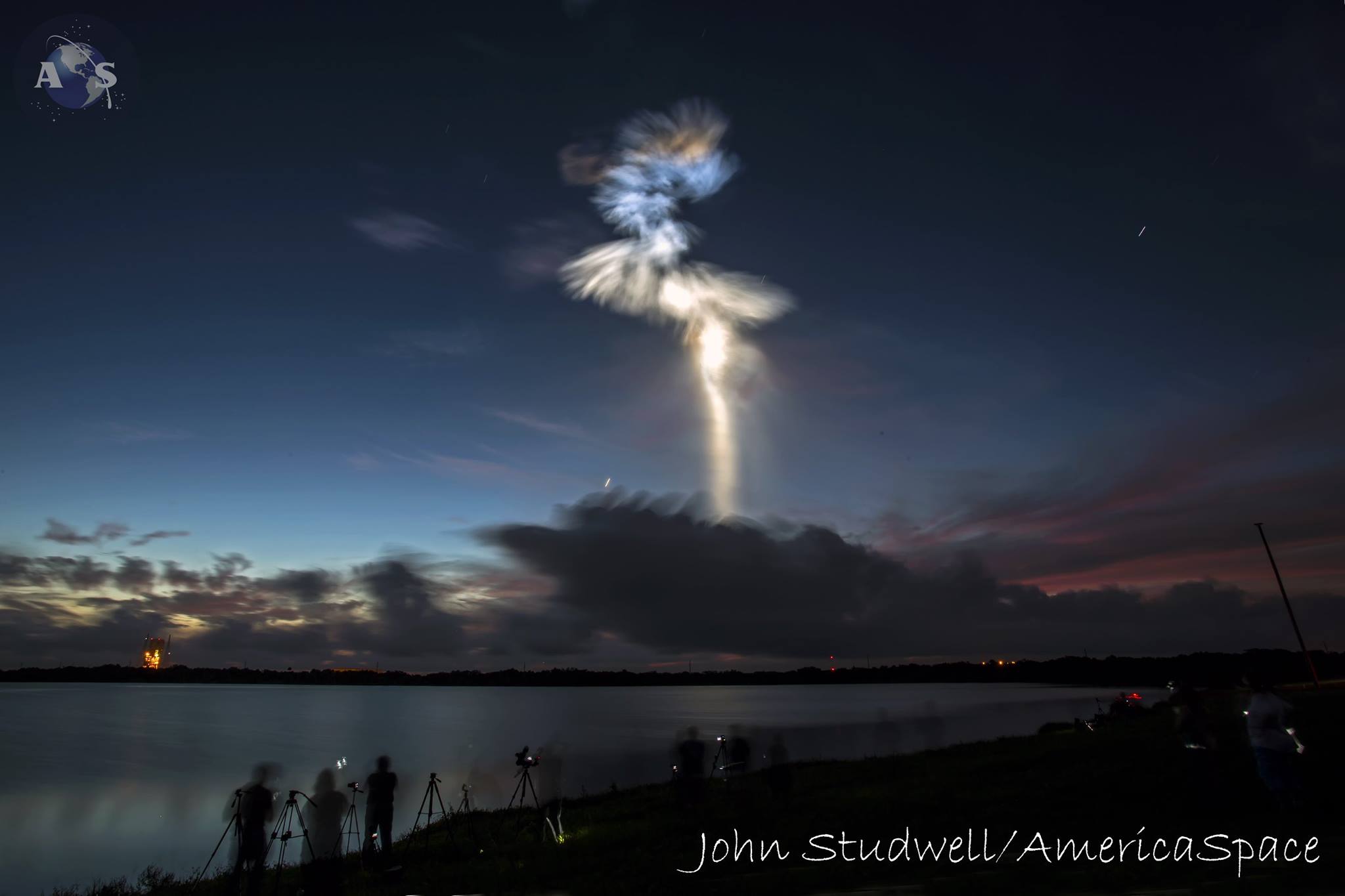
“The Atlas-V is the most beautiful rocket I have ever seen,” said Hyten. “But every time it clears the freaking launch pad, and I see the Russian engine on the bottom, it has torqued me off since the first day it flew in 2002,” he told the subcommittee. ”We we have needed to get off that engine for a decade, but we have not committed the resources until last year when the Congress committed the resources that allowed us to do that.”
According to Washington, D.C.-based analyst Marcia Smith who writes “Space Policy Online,” Secretary James and Gen. Hyten plan to use NASA’s “public private partnership” (PPP) model and adopt a four-step path that will “result in a commercially competitive domestic launch capability to replace the RD-180.” Smith said those steps are:
- Step 1: Technology risk reduction, for which money being obligated now will be used.
- Step 2: Investment in rocket propulsion systems with multiple providers “to partner in their ongoing investment in domestic propulsion systems.”
- Step 3: Use the PPP approach and enter into agreements with launch system providers to provide domestically-powered launch capability.
- Step 4: Compete and award contracts “with certified launch providers for launch services during the period 2018-2022.”
The years 2018-2022 would be a period of transition from the RD-180-powered Atlas-V to the new systems.
Be sure to “Like” AmericaSpace on Facebook and follow us on Twitter: @AmericaSpace




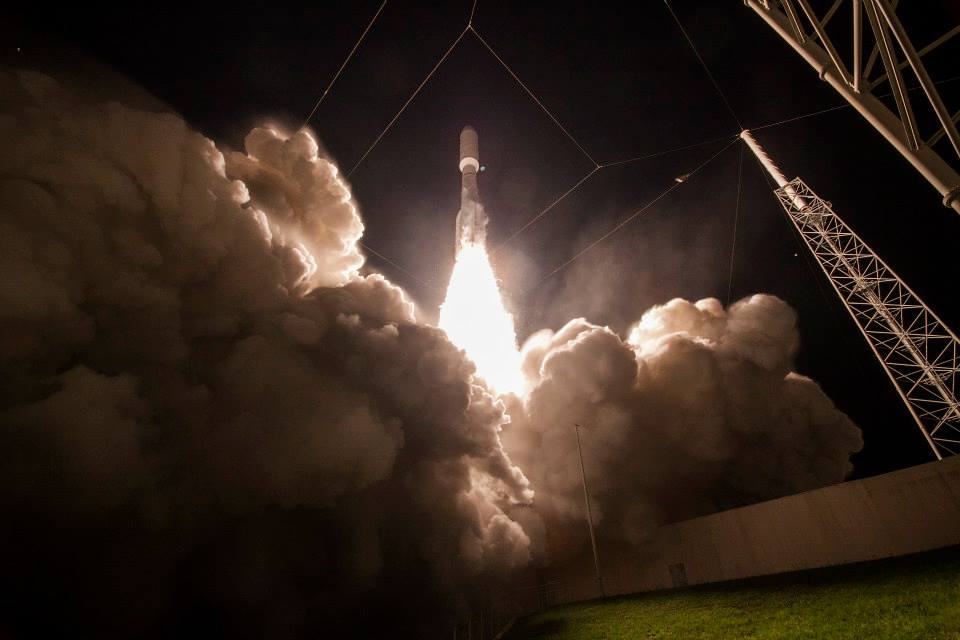
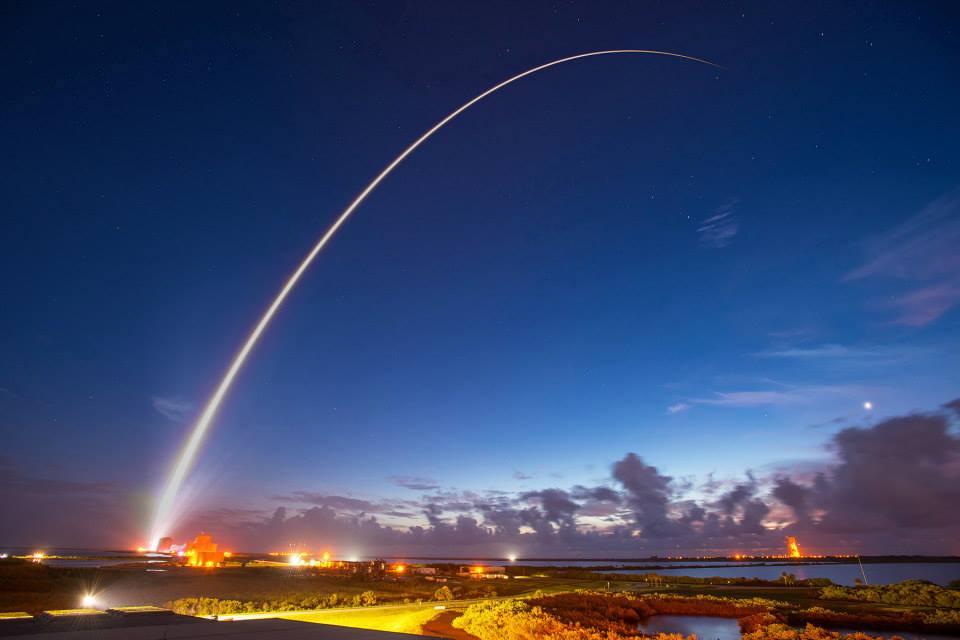
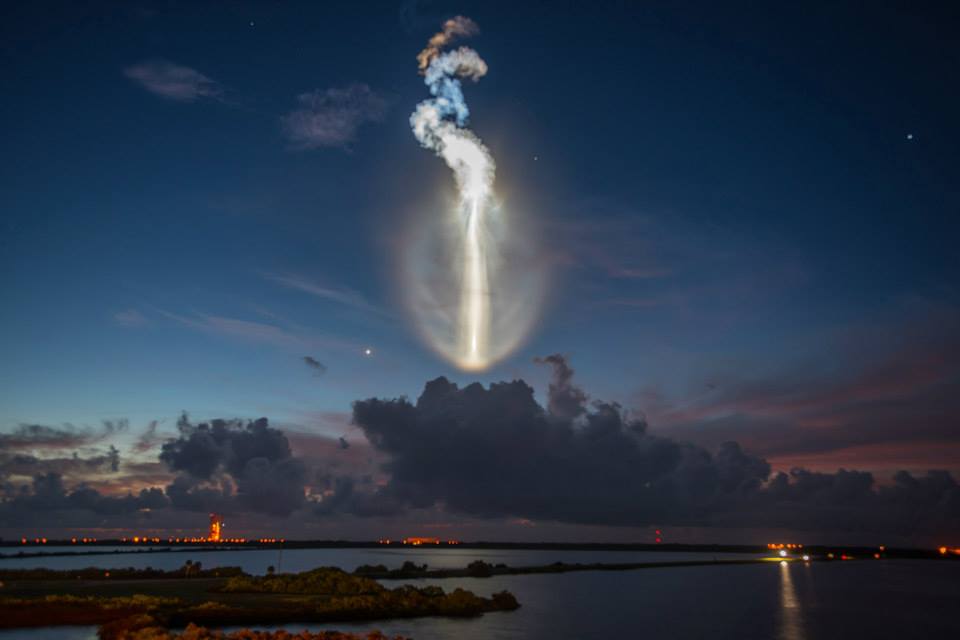
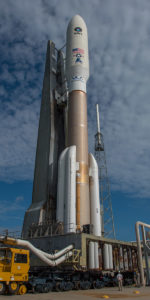

“‘The threats are real,’ Air Force Secretary Deborah Lee James, told the Senate Armed Services strategic subcommittee. The RD-180 situation is ‘disgraceful,’ said full committee Chairman Sen. John McCain (R-Arizona).”
Perhaps too many folks doth complain far too much about the RD-180 when our own lack of initiative and ‘can do’ nonpolitical spirit might be the real issue.
If national security space access actually was a critical do or die issue:
Option 1. Use a relatively cheap Delta II first stage with its very reliable RS-27A rocket engine, and two to four very fat SRMs and a modified version of the second stage of the Delta IV. The good old American Delta II has had 98 consecutive successful launches.
Option 2. Significantly stretch the Delta II’s first stage. Use two to four fat and long SRMs and a modified version of the second stage of the Delta IV.
Option 3. Dig out the 15-year-old plans for the Delta III, which was capable of putting up to 8,400 pounds, or 3,800 kilograms into to a geostationary transfer orbit, and significantly stretch the first stage. Instead of using the nine GEM 46 SRMs that were used for Delta III flights, use two to four much fatter and longer SRMs.
Option 4. Use a modified version of the second stage of the Delta IV and buy a new version of the 3.9 meter, or 13 foot, diameter first stage that is internationally produced and currently being used by the American Antares launcher.
Use three or four RS-27A rocket engines on the first stage and two to four fat and long SRMs.
Start ASP to do the research and testing needed for a low cost, higher performance, and simplified version of the reliable RS-27A. Or, plan to eventually switch this launcher to the Aerojet Rocketdyne AR-1 rocket engine when it becomes available.
Option 5. Use the second stage of the Delta IV. And use the Delta-IV first stage, but swap out the single RS-68A with 3,137 kilonewtons, or 705,000 lbs, of thrust at sea level and a vacuum Isp of 412 seconds for two Aerojet Rocketdyne RS-25s, also known as the Space Shuttle Main Engines or SSMEs, with each having 1,860 kN or 418,000 lbs, of thrust at sea level and a sea level Isp of 366 seconds and a vacuum Isp of 452.3 seconds.
Add two to four fat and long SRMs depending on the mission requirements.
Option 5a. Use two modified for sea level J-2Xs instead of the two RS-25s.
Option 6. Use the second stage of the Delta IV, and use the Delta-IV first stage, but swap out the single RS-68A with 3,137 kilonewtons, or 705,000 lbs, of thrust for seven hydrolox BE-3s with each producing 490 kilonewtons, or 110,000 lbs, of thrust. Add two to four fat and long SRMs depending on the mission requirements.
Note that BE-3 engine can be throttled down to less than 110 kilonewtons, or 25,000 lbs, of thrust, which might be useful to minimize low altitude aerodynamic stress while the large SRMs are still attached to the vehicle. And eventually such a large throttle capability could be quite handy for a controlled vertical landing of the first stage.
The second stage of the Delta III is still being used in a modified version as the second stage of the Delta IV.
An appropriately modified Delta IV or Atlas V second stage would be quite useful as an essential component in a quick fix launcher option to the much hyped “imperative” problem of the Atlas V and its first stage RD-180.
However, the folks at Blue Origin have completed the hydrolox BE-3 rocket engine acceptance testing in April 2015. A modified BE-3, or a BE-3U, might also be quite useful for powering the second stage of any ‘quick fix’ optional launcher.
Option 8. Consider the September 23, 2014 article titled ‘Alliant says can replace Russian launch engine for U.S. satellites’ by Andrea Shalal Rominger wherein it is noted, “ATK’s proposal would replace the RD-180 engine and surrounding rocket stage without altering the rest of the Atlas 5 system.”
I am obviously not a technology expert. Nonetheless, do we want options that are functional, quickly doable, and based on currently available rocket technology, or do we want to continue to run around in circles for another year or two, or even much longer than that?
“Russia’s threat to America’s assured access to space is drawing very sharp criticism from U.S. Air Force leadership and the Senate Armed Services Committee. ‘The situation has gone from important, to imperative,’ said Gen. John E, Hyten, who heads Air Force Space Command.”
Maybe, if the powerful folks quit playing around with the politics of the Atlas V/RD-180 replacement launcher and instead got to work to devise a quick and workable alternative, we wouldn’t continue to have a “disgraceful” launch situation and all the prolonged ‘sky is falling’ angst.